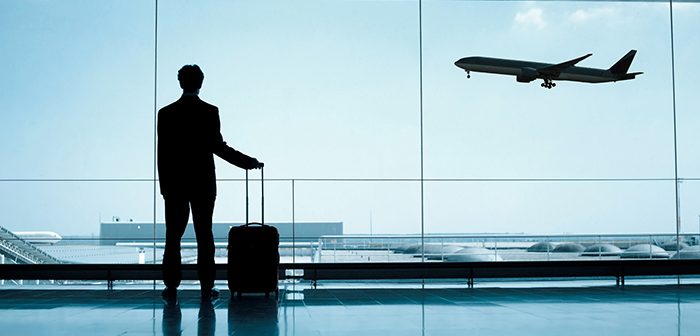The days of the boarding passes are numbered. Large companies like KLM and JetBlue are now starting to implement facial recognition systems and other biometric identification procedures for boarding. The hassle of printing and carrying tickets or the stress of thinking you’re going to lose them as you wait to board is now a thing of the past.
The ritual that goes with any flight is well-known to most and can easily turn into a nightmare. Never-ending and increasingly more thorough security checks, searching for the boarding gate when time is against you, showing your ticket once, twice, three times and some type of ID to prove who you really are…
It’s a real hassle for everyone involved in this long-winded theatre: for passengers, it’s an unnecessary waste of time and for airlines, well, all the time the aircraft is on the ground is an additional cost. But, not to worry, technology has come to the rescue to make the whole process a lot easier.
Both the Dutch airline, KLM and the American, JetBlue have started to test a new system using facial recognition to identify passengers and avoid them having to carry ID and a boarding pass. Using this system, all passengers have to do is go to the boarding gate and stop in front of the automated checkpoint to have their face identified and validated. This speeds up the whole boarding process and also significantly increases security as biometric identification leaves very little margin for error.
The system proposed by JetBlue will be launched this month on flights from Boston to Aruba and is basically the same: passengers must stand before a fully automated pre-security checkpoint and show their passport and boarding pass at the scanner. When the airline calls the passengers to board they only have to pass through a control and show their face, the system will then validate the passenger’s identity and boarding pass.
Delta has also started to test biometric identification systems, combining facial recognition with digital fingerprints, so it looks like there’s no turning back and the future is here to stay.






